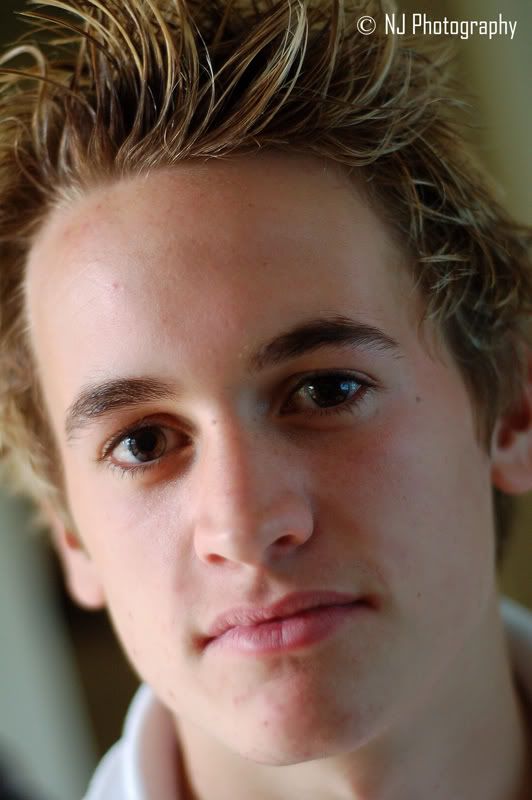gstark wrote:Nathan,
Great shot. Colours/wb are spot on on this one, so that's the first thing put to bed.
As others have noted, the DoF is a little light; perhaps a slightly smaller aperture to increase this, and thus the overall sharpness as well, might be in order.
Remember too that the lens has a sweet spot, and as you get down towards f/5.6 you should be right in that zone.
Exposure ... you're right on the edge of the contrast range of the sensor with this one. The left hand side of the face (as we're viewing it) is just within the range available to you.
It would be interesting to see a similar shot, but with either a reflector placed somewhere to our right (as viewed) or else with a very low level of fill flash added, to help reduce the contrast range exposed in the image.
The idea is to increase the amount of light available for the exposure and thus bring the two sides closer together in that regard.
A small piece of foam core board could be helpful to use as a reflector ... or think too about perhaos moving the subject a bit further away from the light source that was used in this image.
Well done.
Good advice. I just had a bit of a look on the net and the human eye can see a range of approx. 20 stops of light, however only about 6.5 stops at any one time. The ave. digital camera would see approx. 5 stops of light.
Therefore, the range of what you're eyes are seeing is more than that of what your camera will see. To understand what you are seeing, and to bring the "dynamic range" back into within 5 stops of lightest area to darkest area is the trick.
By using fill-flash or a reflector, you are attempting to brighten the darker areas so the difference between the highlights and the shadows are "effectively" brought closer together, hopefully to within 5 stops of each other. Beyond that, your histogram will show
clipping and you will be under/overexposing certain parts of your image.
Please correct me if my theory is incorrect...

